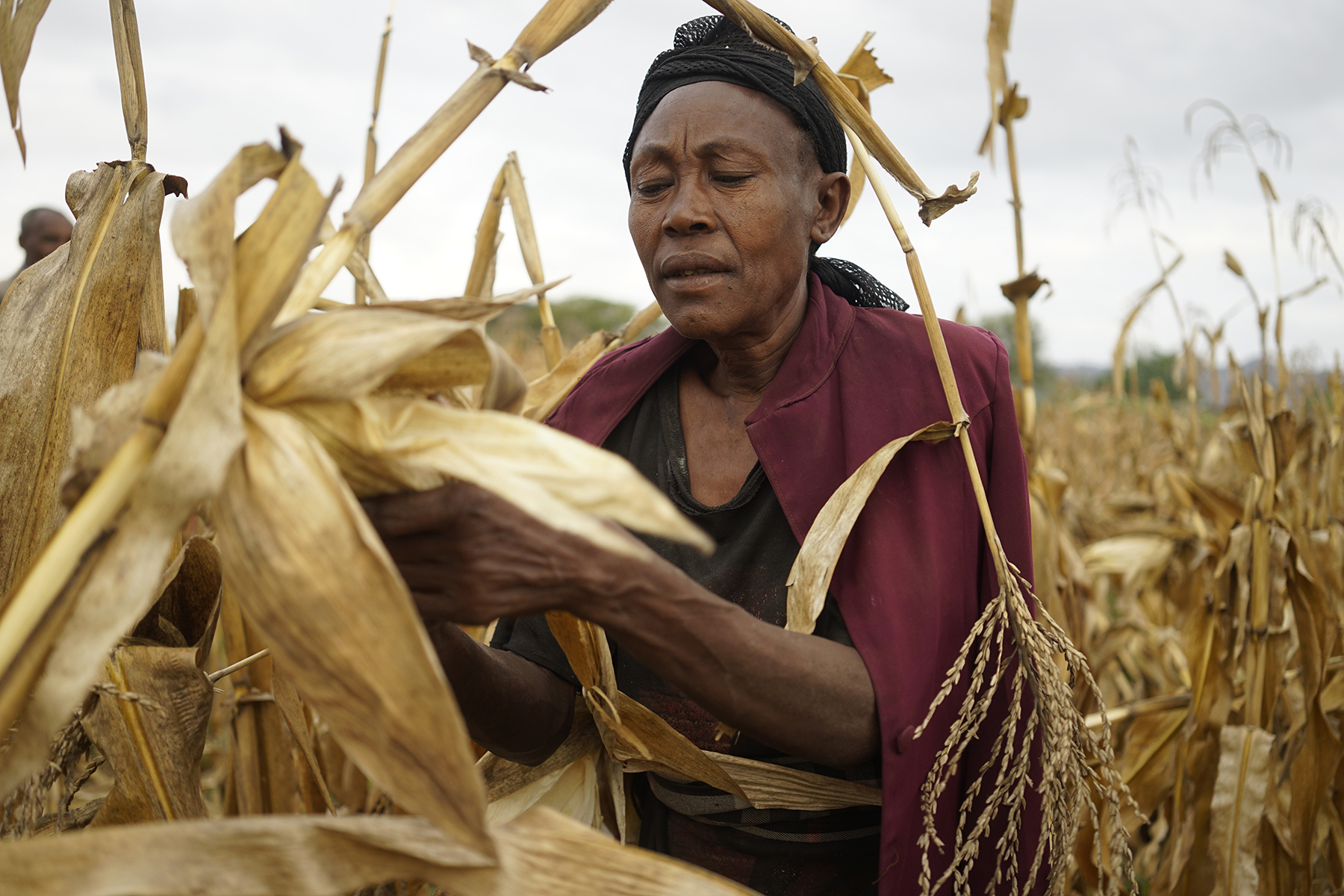Zimbabwe
For more information, contact CIMMYT’s Zimbabwe office.
Amidst intense drought, investment in scientific research is key
 Climate adaptation and mitigation
Climate adaptation and mitigation
El Niño drought-related stress is triggering hunger and food insecurity. Investment in scientific research is key to combating such events.
Thirty years of supporting maize farmers in southern Africa
 Nutrition, health and food security
Nutrition, health and food security
CIMMYT’s Southern Africa Regional Office celebrates three decades of developing new maize varieties for farmers across the region.
African maize farmers get support to mitigate impact of poor soils
 Gender equality, youth and social inclusion
Gender equality, youth and social inclusion
As the global community marks World Soil Day, African smallholder farmers are contending with low yields due to low-fertility soils prevalent in most parts of sub-Saharan Africa, affecting food security for 300 million people.
Drought-tolerant maize to the rescue as hunger threatens 1.5 million in Zimbabwe
 Climate adaptation and mitigation
Climate adaptation and mitigation
CIMMYT and its partners are working to increase the productivity of maize-based farming systems to ensure food security and increase incomes.
SADC ambassadors hear how CIMMYT-SARO is helping to achieve regional food security
 Climate adaptation and mitigation
Climate adaptation and mitigation
CIMMYT seed system specialist presents achievements in southern Africa food security to regional ambassadors in Harare, Zimbabwe.
Green manure crop cover reduces need for mineral fertilizer in Africa
 Innovations
Innovations
Green manures are an affordable and environmentally friendly alternative to fertilizer for many farmers in southern Africa.
Government of Zimbabwe and CIMMYT to establish maize lethal necrosis (MLN) quarantine facility at Mazowe
 Capacity development
Capacity development
A modern quarantine facility will be established this year to safely import maize breeding materials and proactively breed for MLN resistance and tolerance.
Zimbabwe and CIMMYT to establish maize lethal necrosis quarantine facility
 Nutrition, health and food security
Nutrition, health and food security
Government of Zimbabwe and CIMMYT to establish maize lethal necrosis quarantine facility at Mazowe
 Nutrition, health and food security
Nutrition, health and food security
A modern quarantine facility will be set up in Zimbabwe to safely import materials and proactively breed for resistance against MLN.
CIMMYT-SARO steps up efforts in war against malnutrition
 Nutrition, health and food security
Nutrition, health and food security
CIMMYT is stepping up efforts to combat malnutrition through agricultural research and the release of orange maize varieties.
The Skywalker Project: soaring to new heights
 Capacity development
Capacity development
Though its name implies science fiction, Skywalker’s results have been incredibly real. A small, unmanned aerial vehicle equipped with remote sensing devices, Skywalker flies over maize fields collecting images and data. It is able to measure several hundred plots in one take. Spectral reflectance and thermal imagery cameras on its wings allow scientists to conduct non-destructive screening of plant physiological properties such as crop growth and water use, at enough resolution to obtain information at plot level.
Conservation agriculture in Africa: where does it fit?
 Innovations
Innovations
The controversial debate among researchers about the suitability of conservation agriculture for smallholder farmers in Africa continues while millions face food insecurity and degrading resources.
